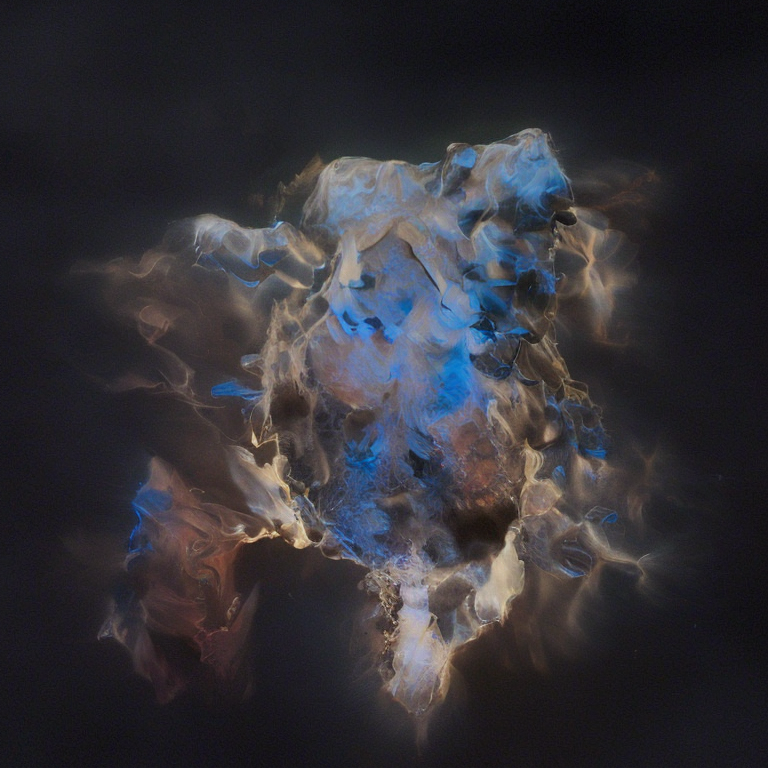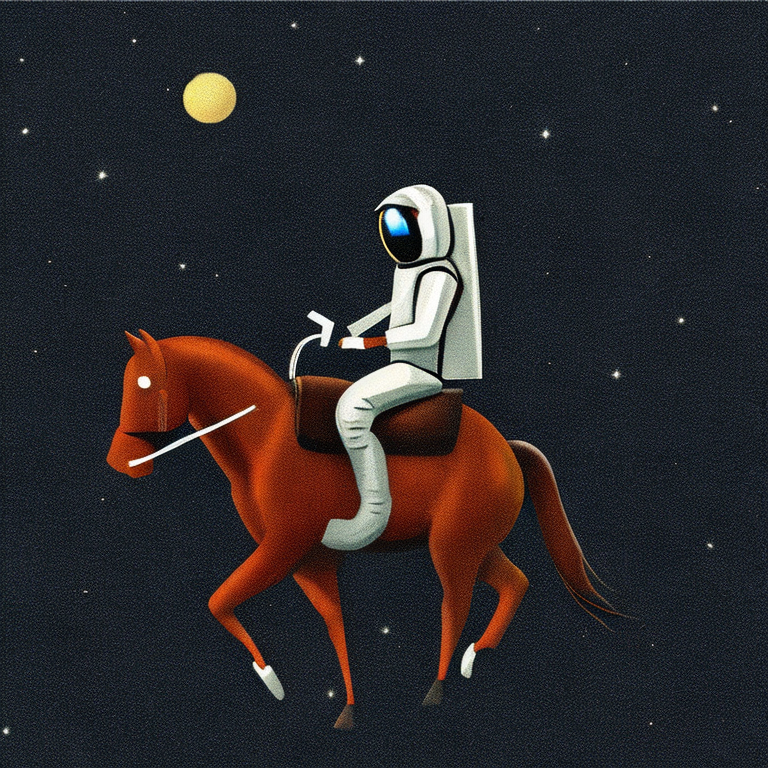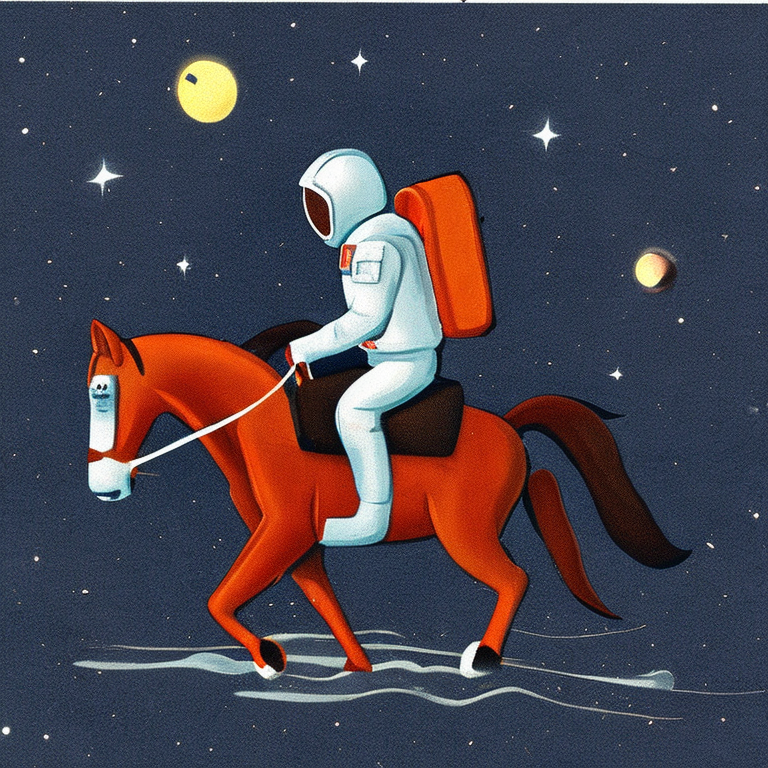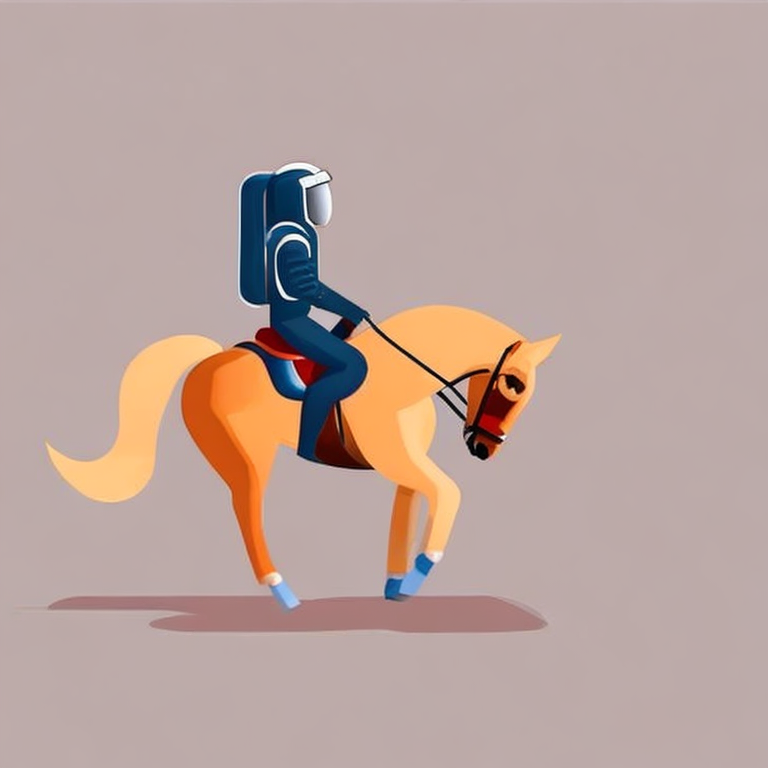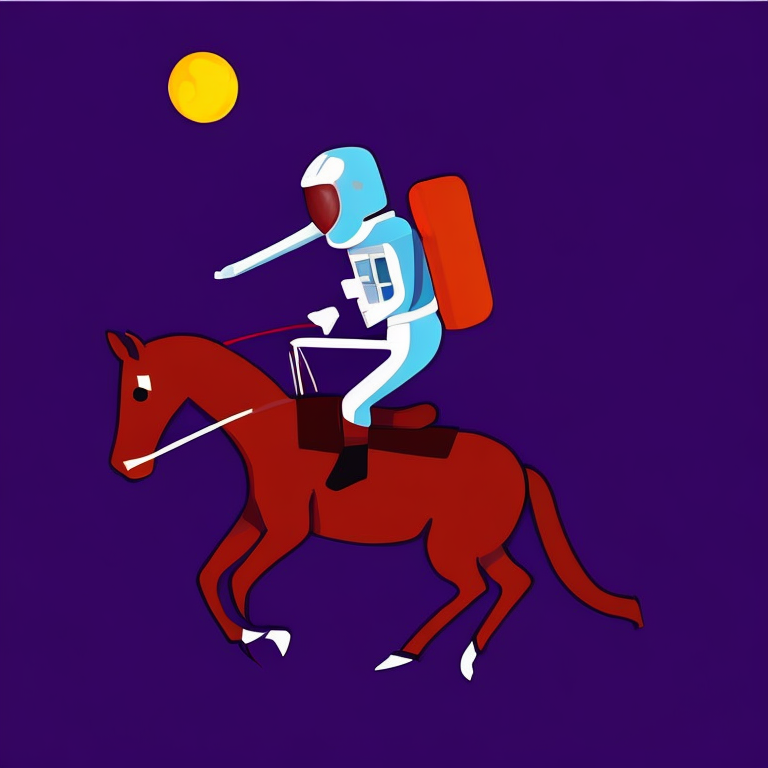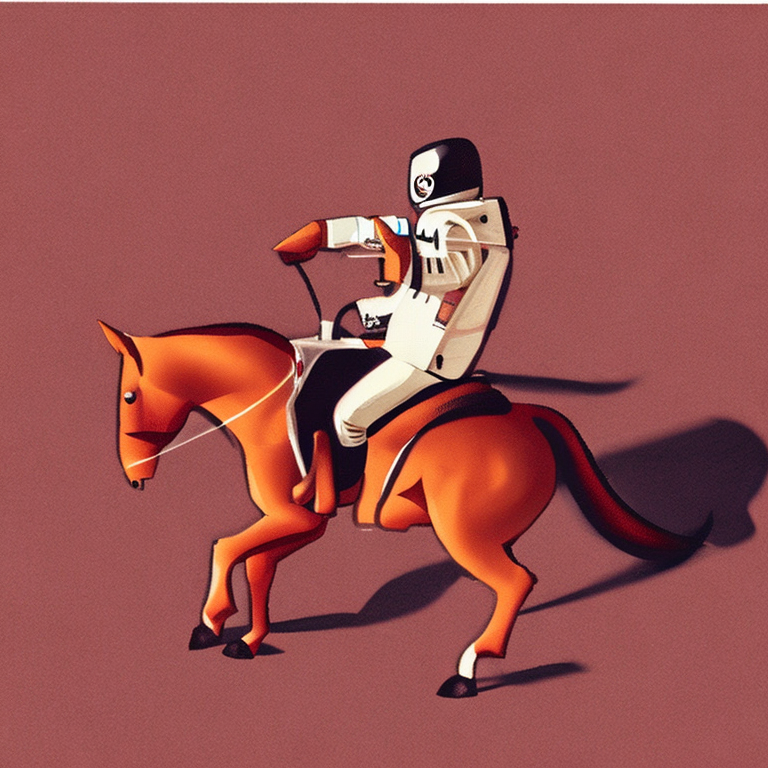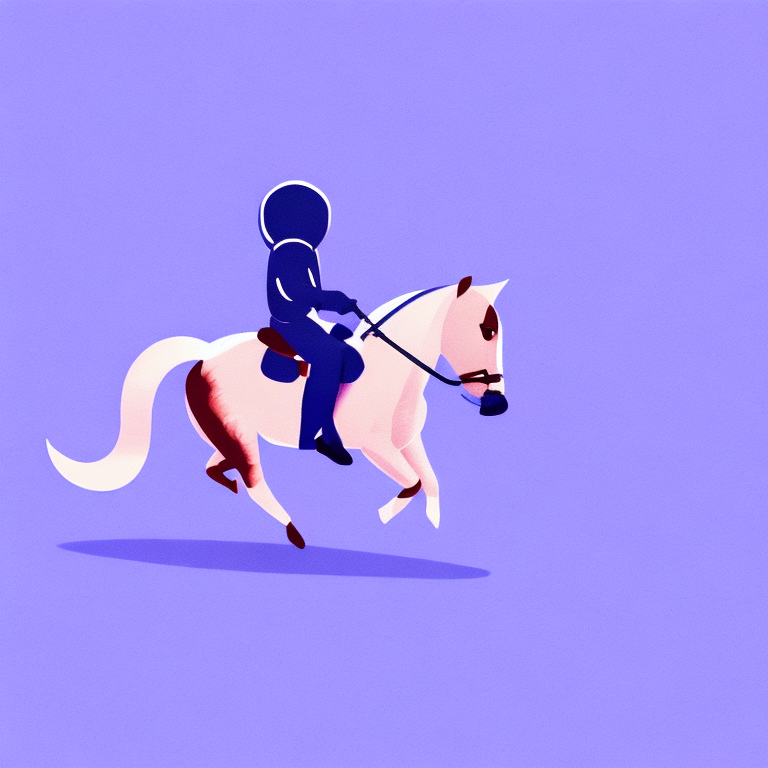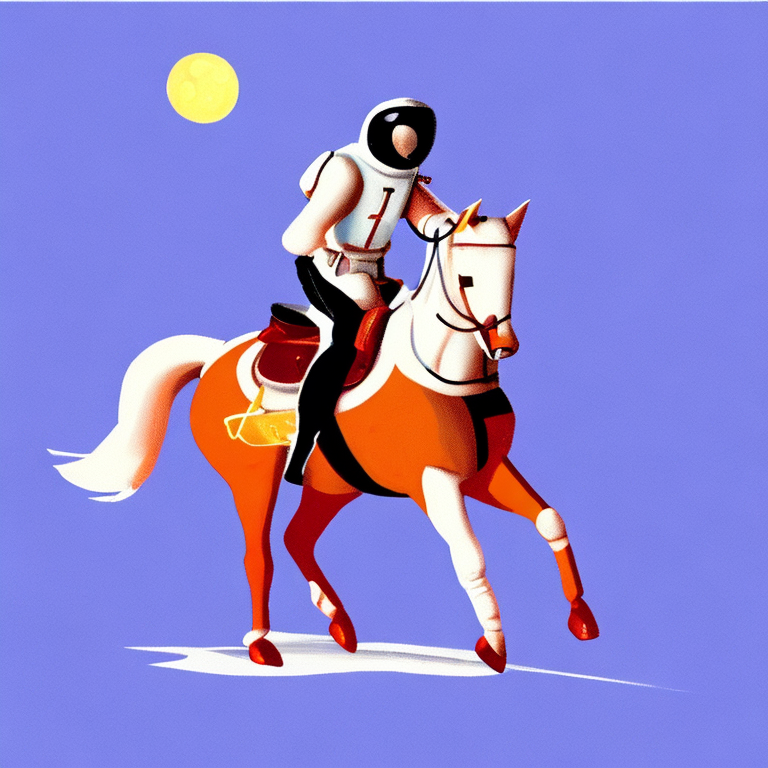Improving style-tuned models
Models tuned on specific styles often produce results that do not match the styles well. We argue that this is because of a discrepancy between training (contains a signal leak whose distribution differs from unit/standard multivariate Gaussian) and inference (no signal leak). We fix this discrepancy by modelling the signal leak present during training and including a signal leak at inference time too.
Model: sd-dreambooth-library/nasa-space-v2-768, with guidance_scale = 1
Prompt: "A very dark picture of the sky, Nasa style"
| Initial latents | Generated image (original) | + Signal Leak | Generated image (ours) |
|---|---|---|---|
 |
 |
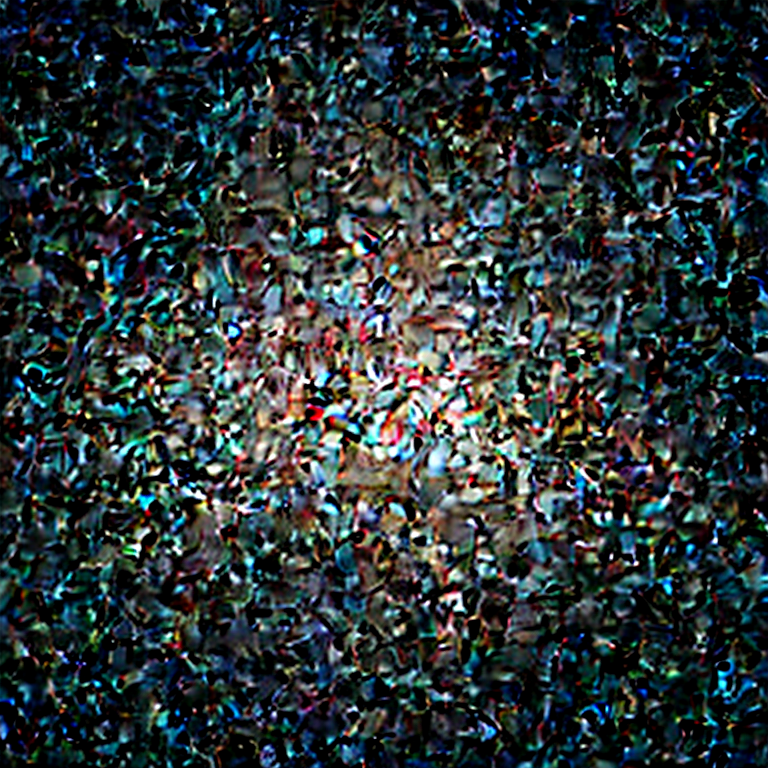 |
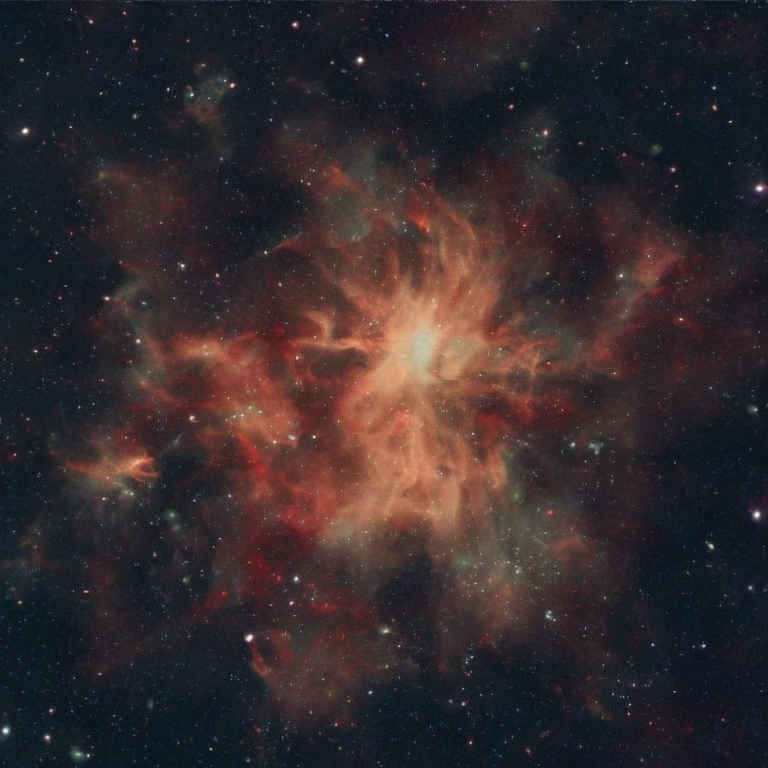 |
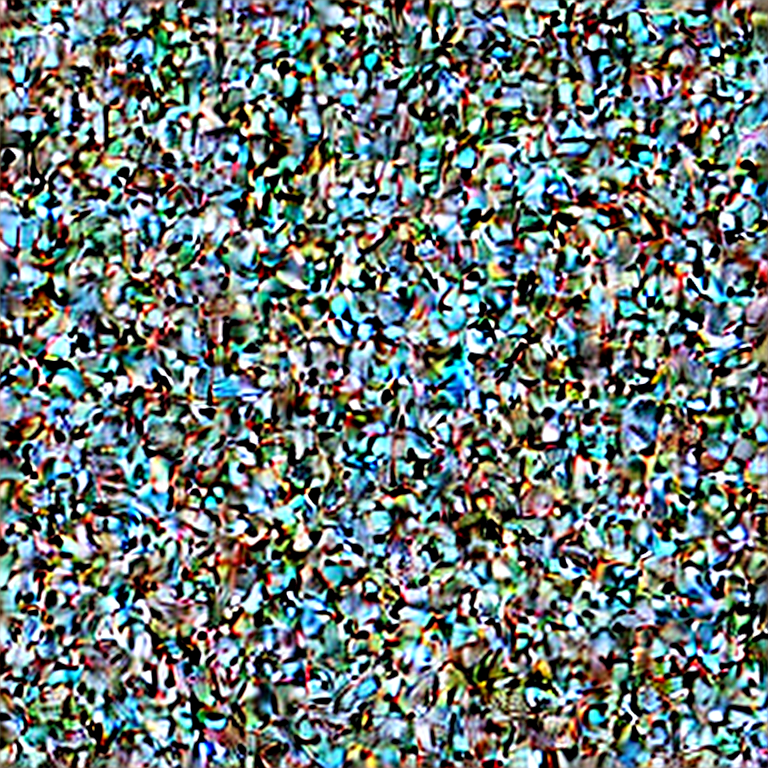 |
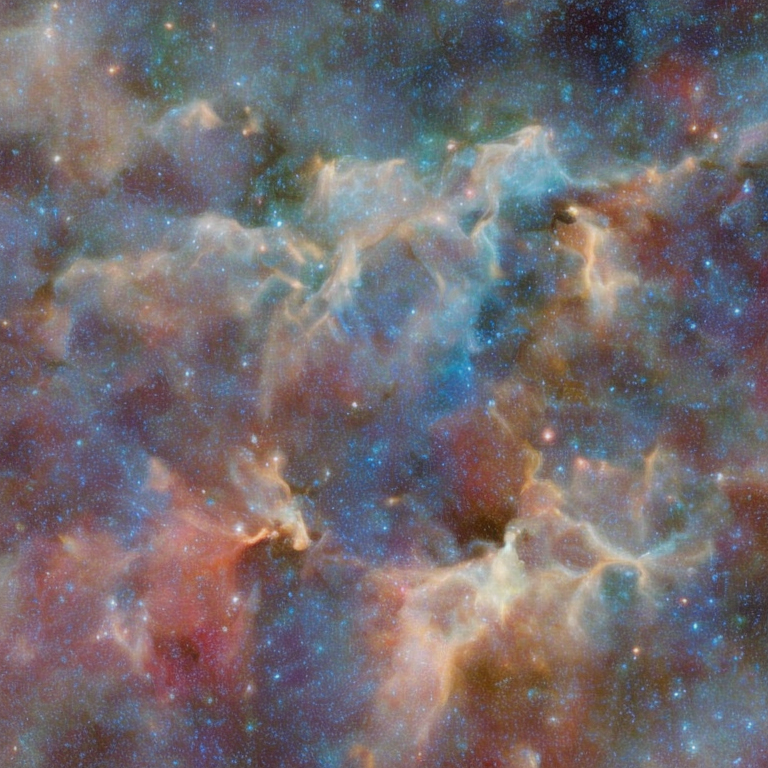 |
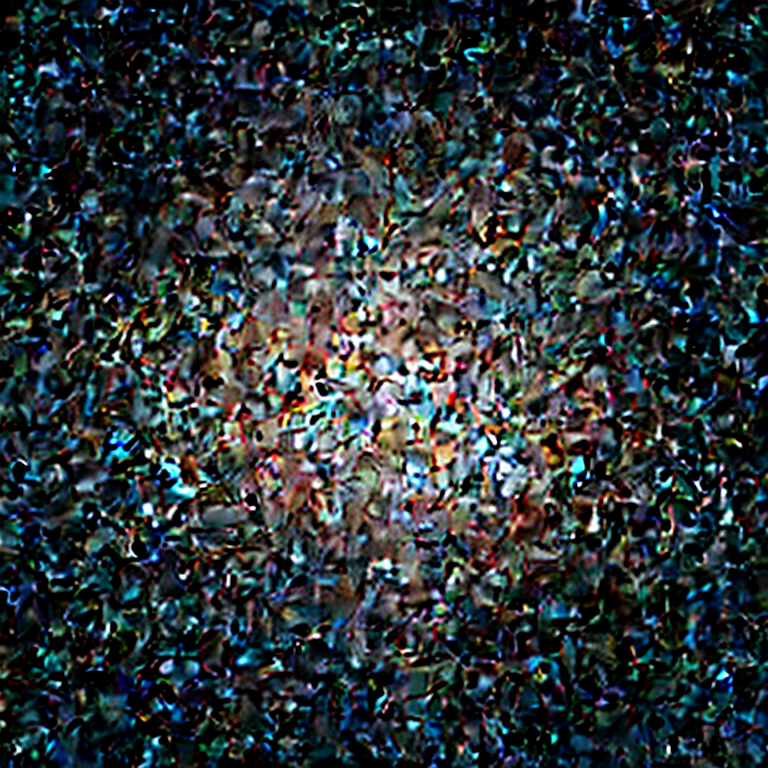 |
 |
 |
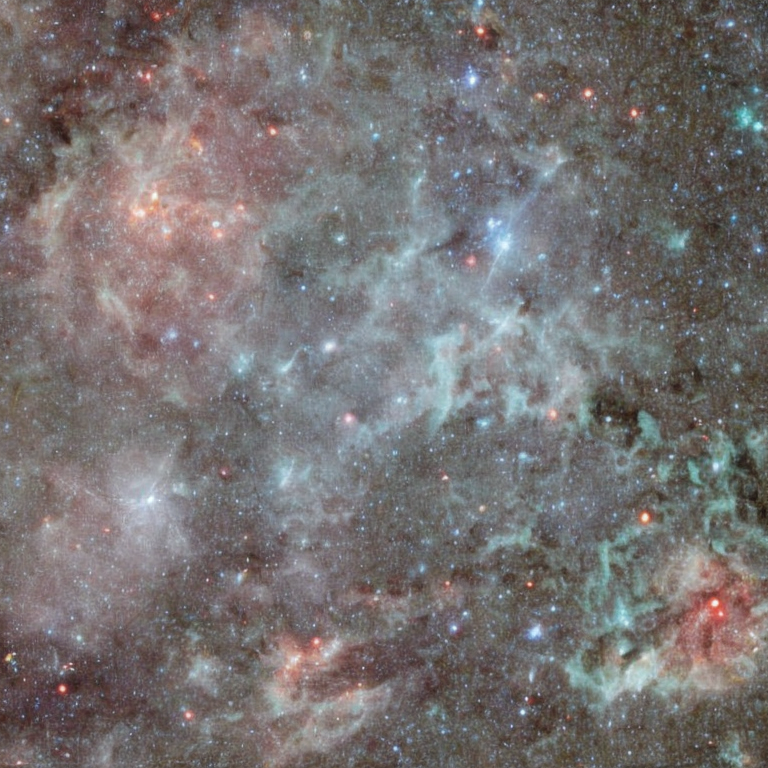 |
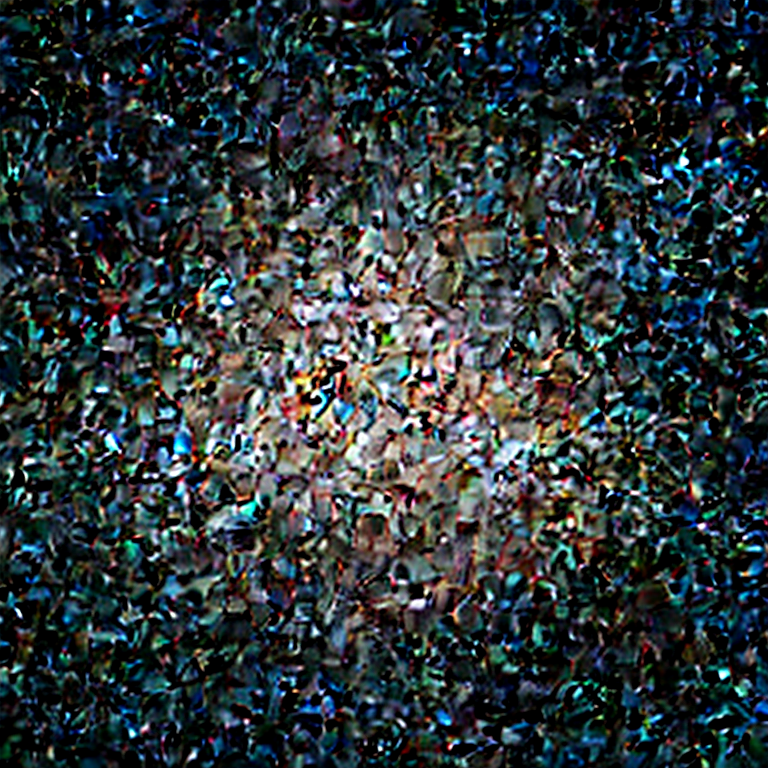 |
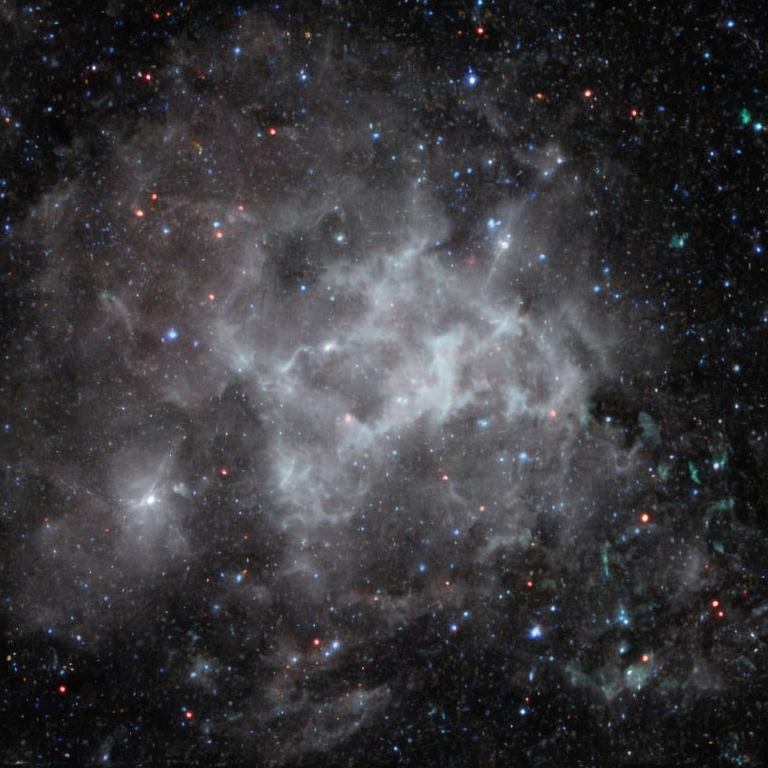 |
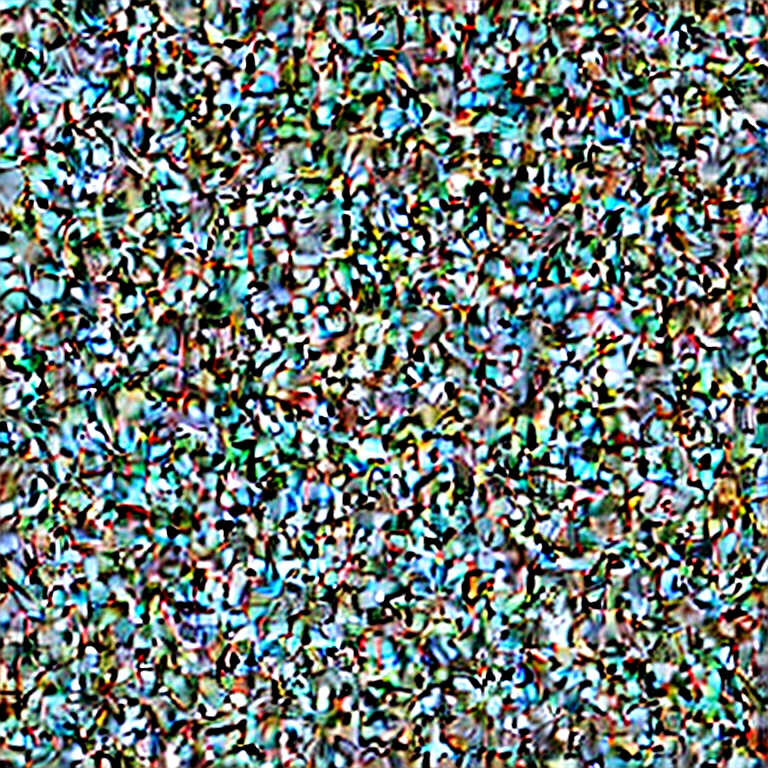 |
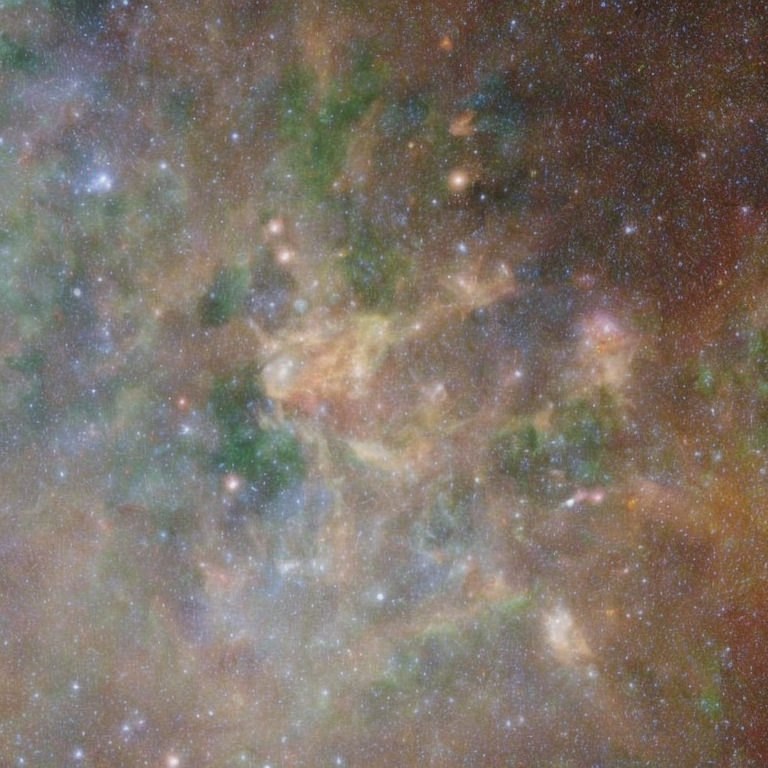 |
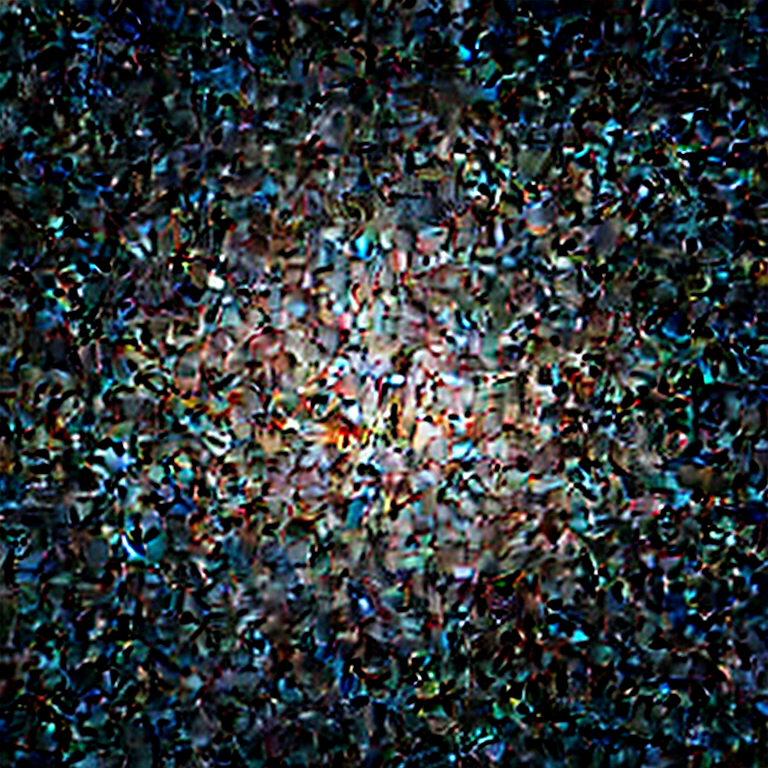 |
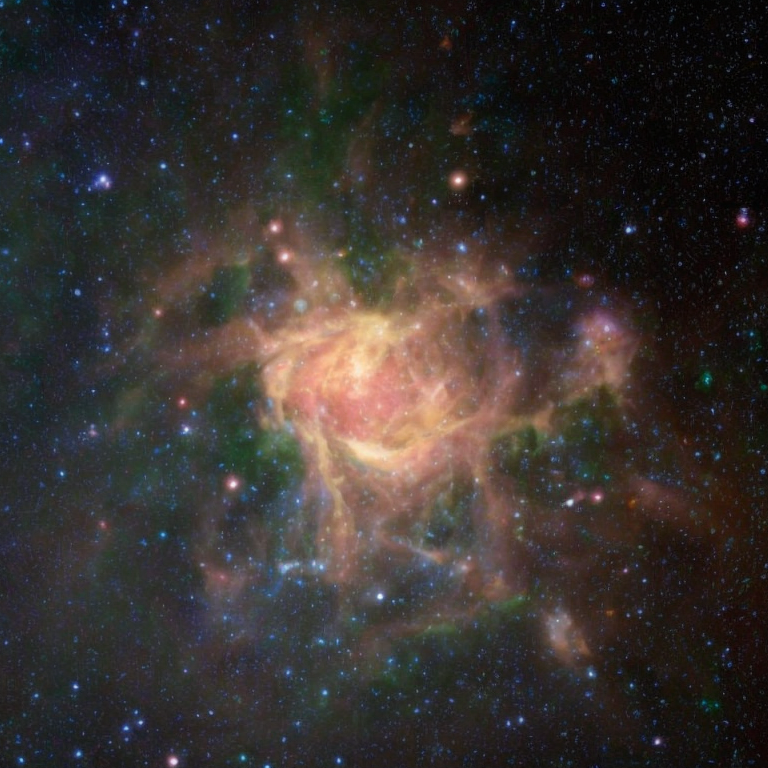 |
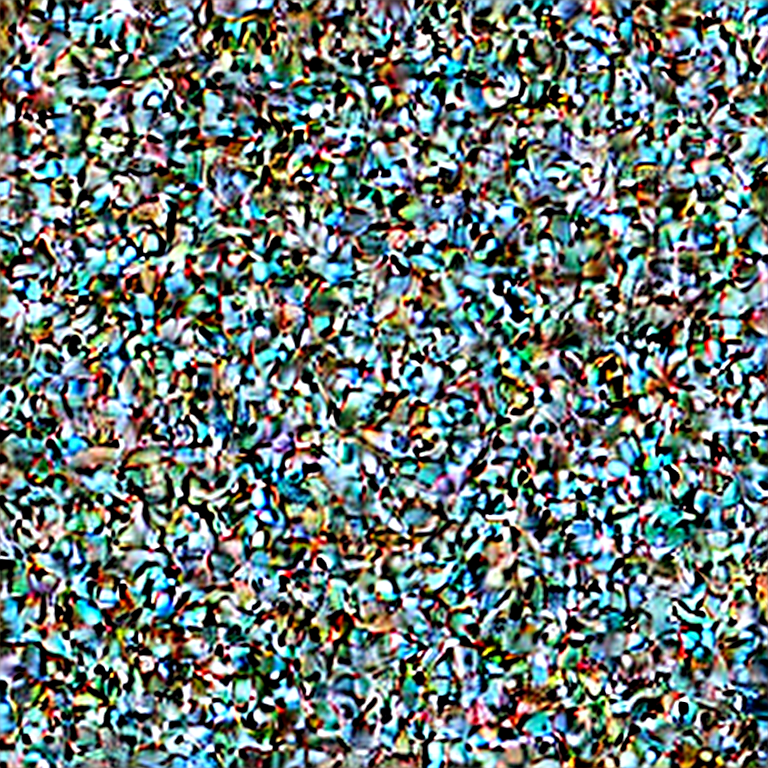 |
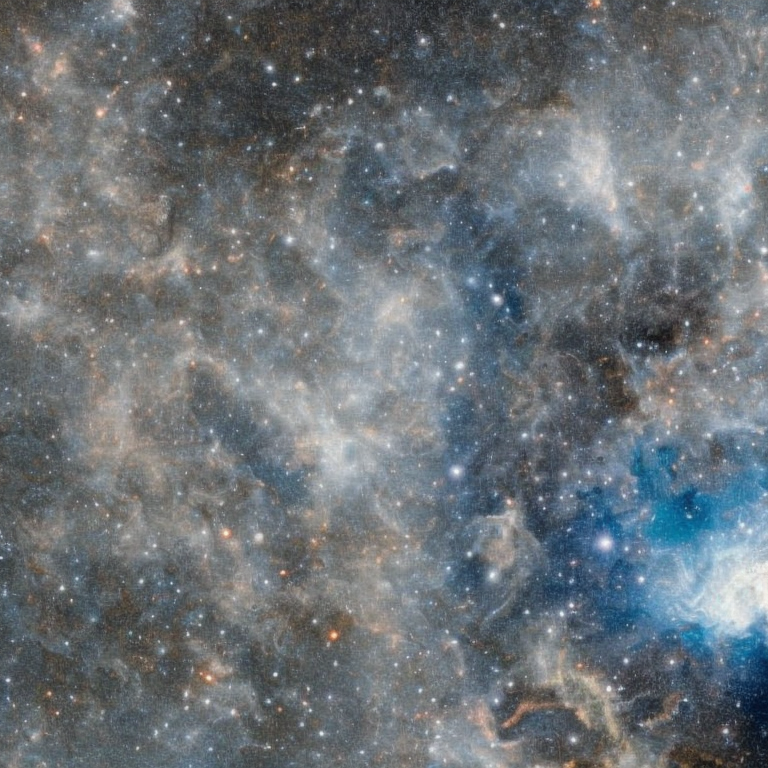 |
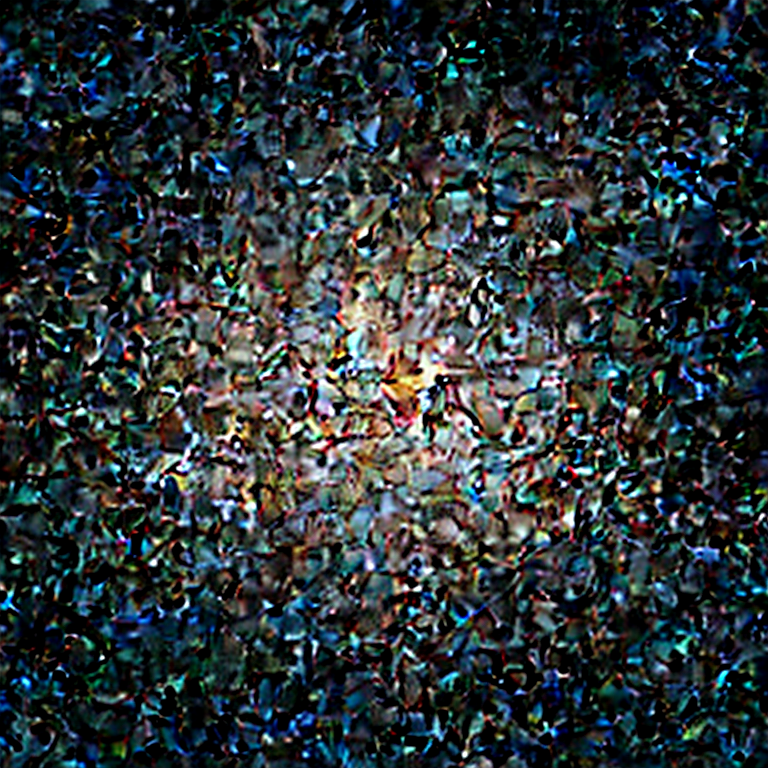 |
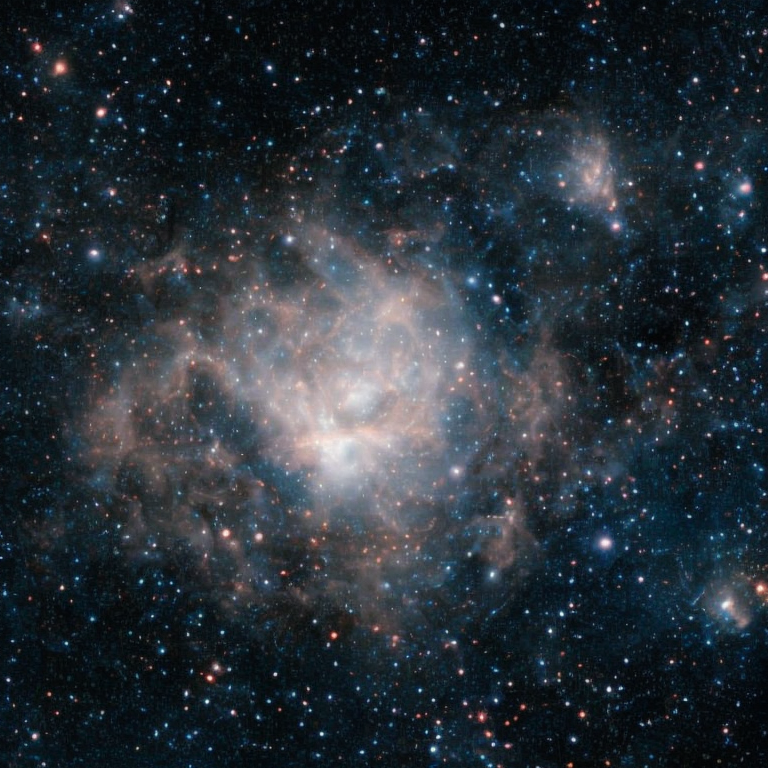 |
Model: CompVis/stable-diffusion-v1-4 + sd-concepts-library/line-art
Prompt: "An astronaut riding a horse in the style of
<line-art>"
| Initial latents | Generated image (original) | + Signal Leak | Generated image (ours) |
|---|---|---|---|
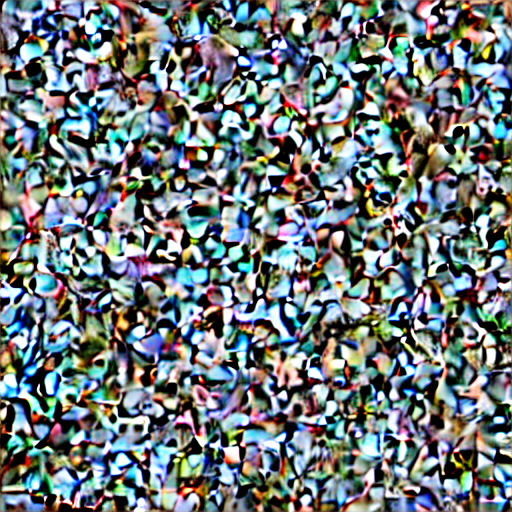 |
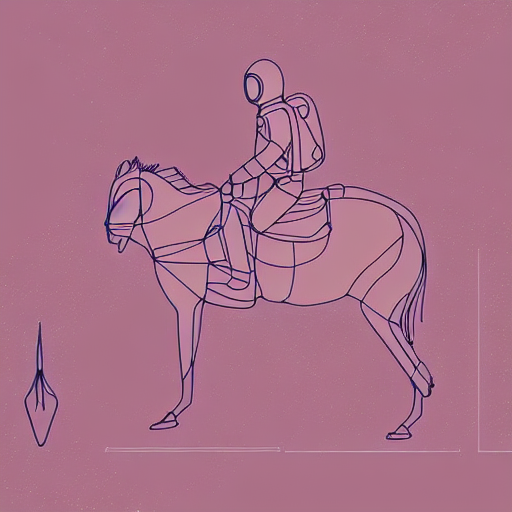 |
 |
 |
 |
 |
 |
 |
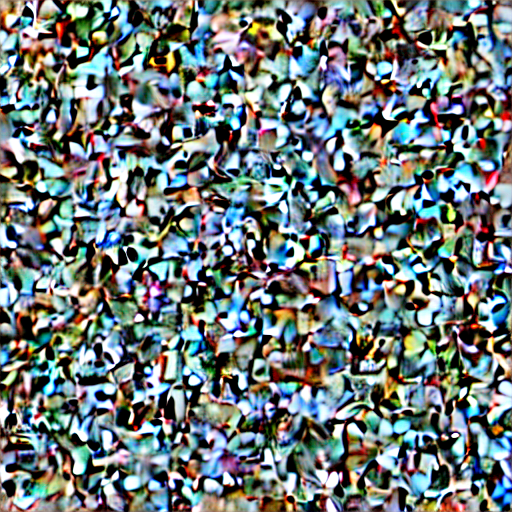 |
 |
 |
 |
 |
 |
 |
 |
 |
 |
 |
 |







